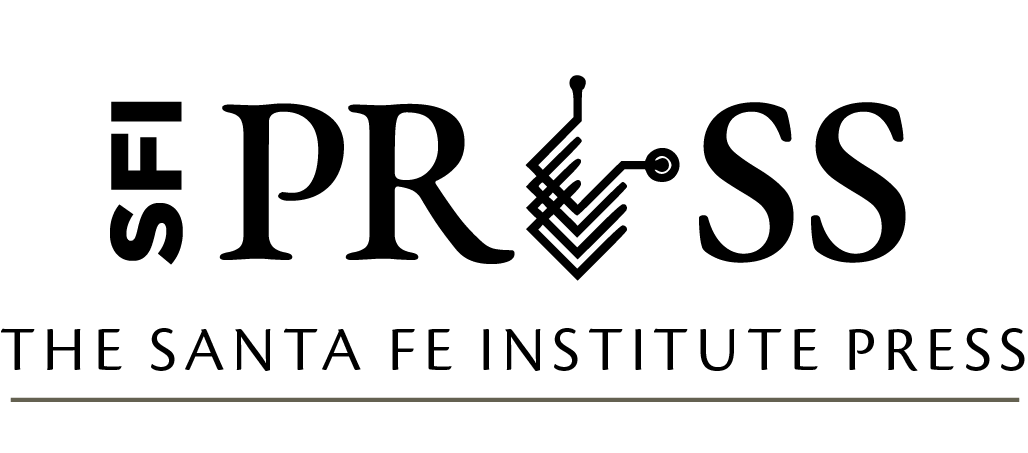Law as Data pp. 383–405
DOI: 10.37911/9781947864085.14
14. Detecting Ideology in Judicial Language
Author: Marion Dumas, London School of Economics and Political Science
Excerpt
To what extent do the political affiliations of US judges influence the way they interpret law and craft their opinions? The literature on the political economy of law, which sought to challenge an idealized view of judging as apolitical and impartial (Rodriguez, McCubbins, and Weingast 2009), advances the argument that judges, like each one of us, carry ideology and policy preferences and that these preferences shape their legal practice (Segal and Spaeth 1996). In the canonical tests of this hypothesis, ideology and policy preferences are coarse grained into a binary distinction between conservative and liberal (or Republican and Democrat). Many studies then correlate these ideologies with the voting patterns of judges—again, frequently reducing the dimensionality of outcomes in judicial decision-making to a single liberal– conservative axis (Sunstein, Schkade, and Ellman 2004; Revesz 1997). For example, Democratic judges and justices are found to be more likely to rule in favor of the defendant in criminal cases, for the government in regulatory questions, and for plaintiffs against corporations in civil cases, each of which is interpreted as a “liberal” outcome (Segal and Spaeth 2002). Substantively, this legal realist school represents the decision-making of judges exactly as that of other political strategic actors, with the law itself playing no special part (Rodriguez and McCubbins 2006).
Recently developed methods in computational linguistics give us an opportunity to revisit the question of the relationship of law to politics. Indeed, the studies mentioned above focus on judges’ votes concerning case outcomes and largely ignore the legal texts written by judges (other than to extract outcome information). Votes on the disposition of a case might require weighing various elements of the case or the law to decide on the outcomes for the parties, but outcomes alone do not directly influence the direction of future legal interpretation. Rather, the law is modified through the written opinions that are issued by the court. Thus, although partisan affiliation of judges may be correlated with the relative weight judges put on elements of a case and its final outcome (Kornhauser 1992), the discussion of precedent and legal texts found in judicial opinions may be unaffected by partisan influences.
Computational linguistic models are an interesting approach to the study of judicial politics. In other contexts, the statistical analysis of features of written text has been used for purposes of author attribution (Mosteller and Wallace 1963), to examine trends in writing style over time (Hughes et al. 2012), and to estimate the influence of judicial clerks on the law (Carlson, Livermore, and Rockmore 2016). In all of these applications, quantitative information that is extracted from a written text— the frequency of use of certain words—is used to draw conclusions either about the texts themselves or about the characteristics of the authors. In the context of judicial politics, the question asked is whether it is possible to predict a judge’s partisanship and other attributes on the basis of quantitatively identifiable characteristics found in the judge’s writing. Stated another way, these models ask, “Is there enough divergence in what people of different groups say or write to predict a person’s group membership from listening to or reading them?”
